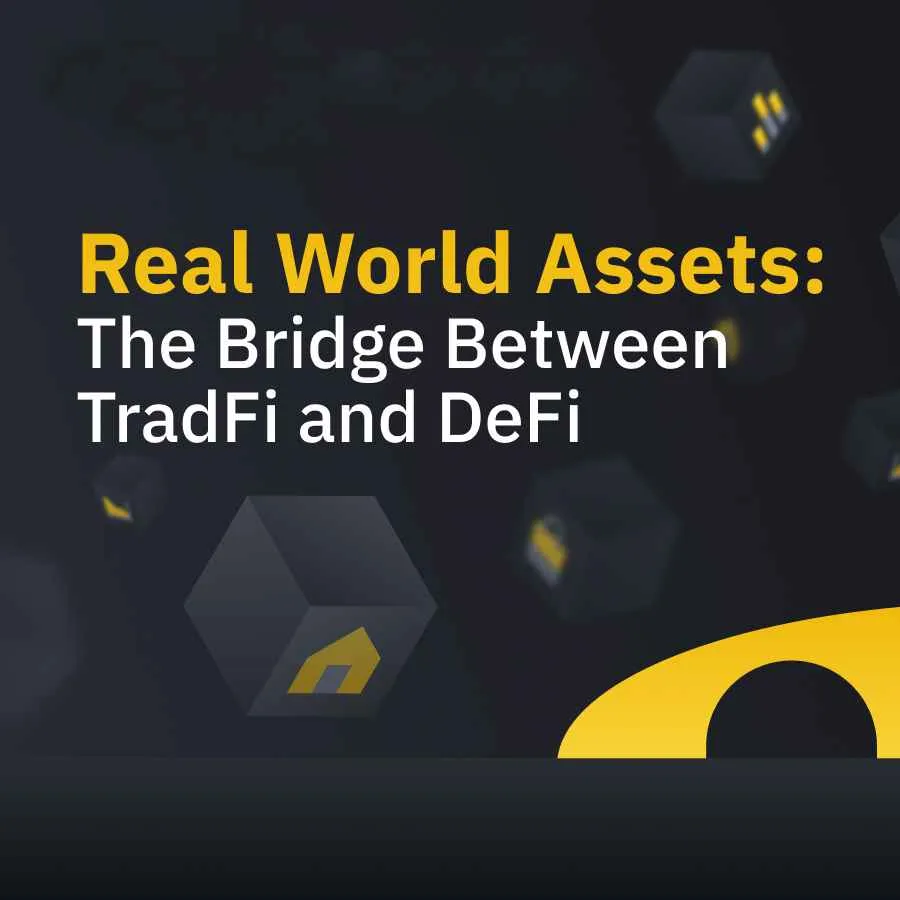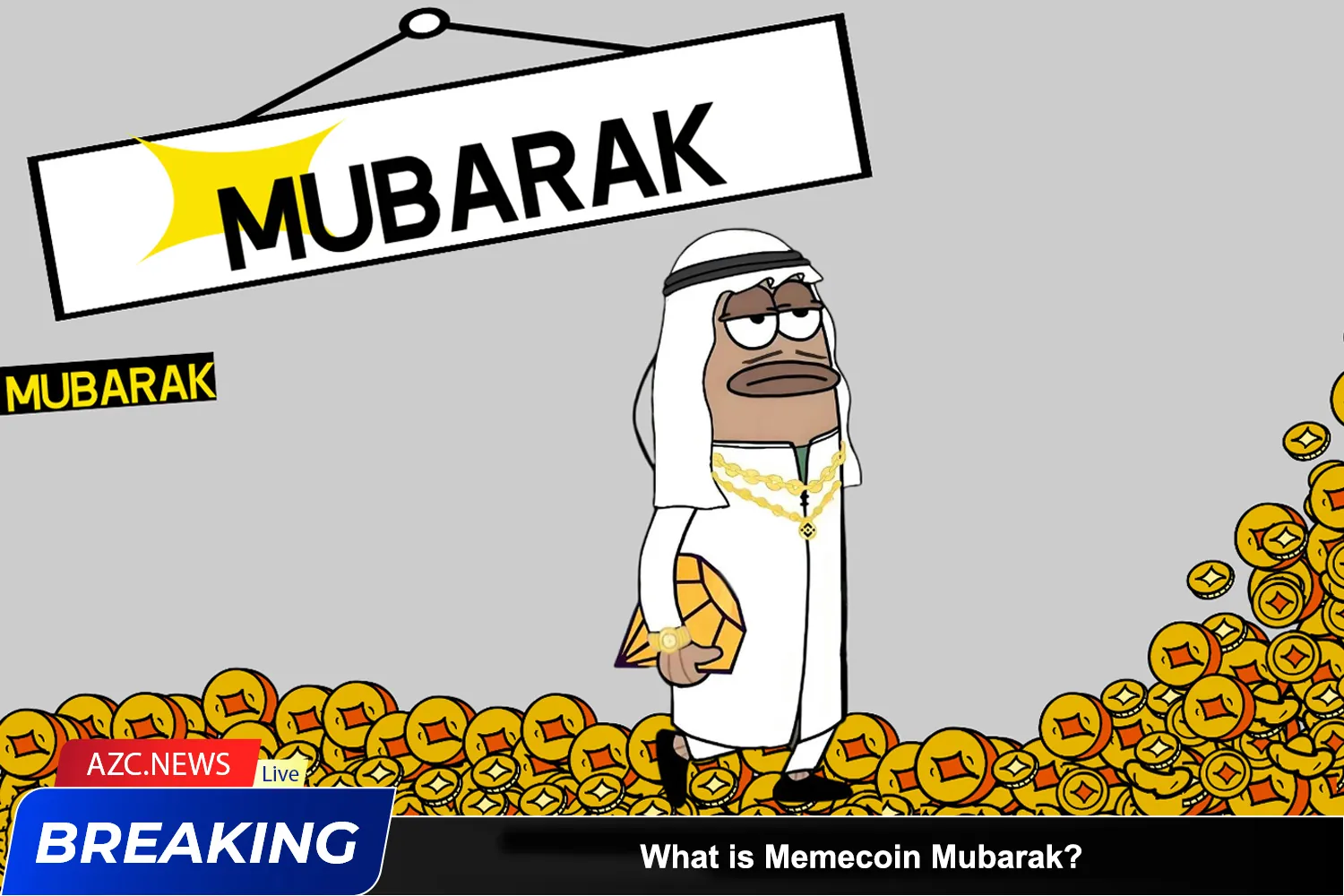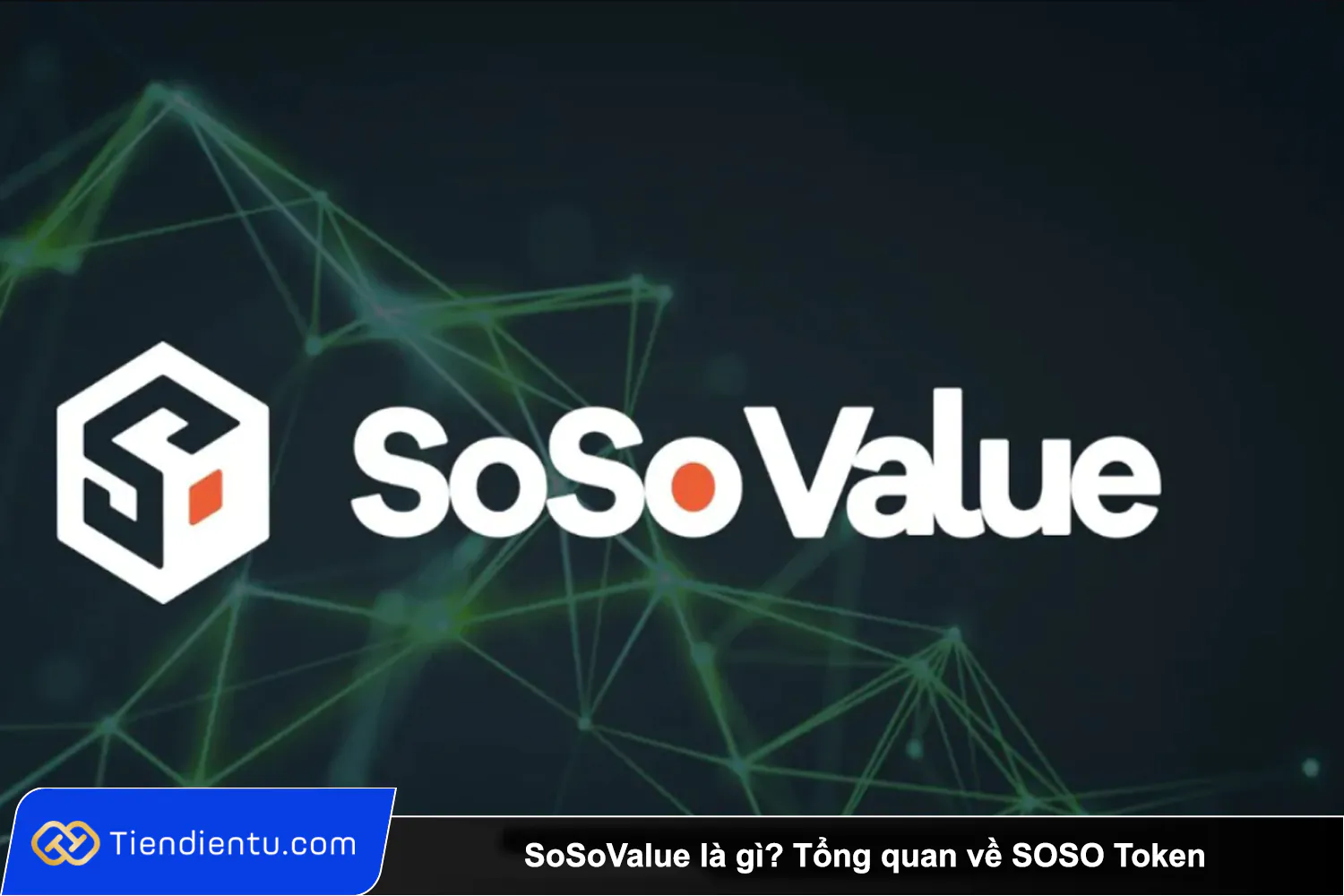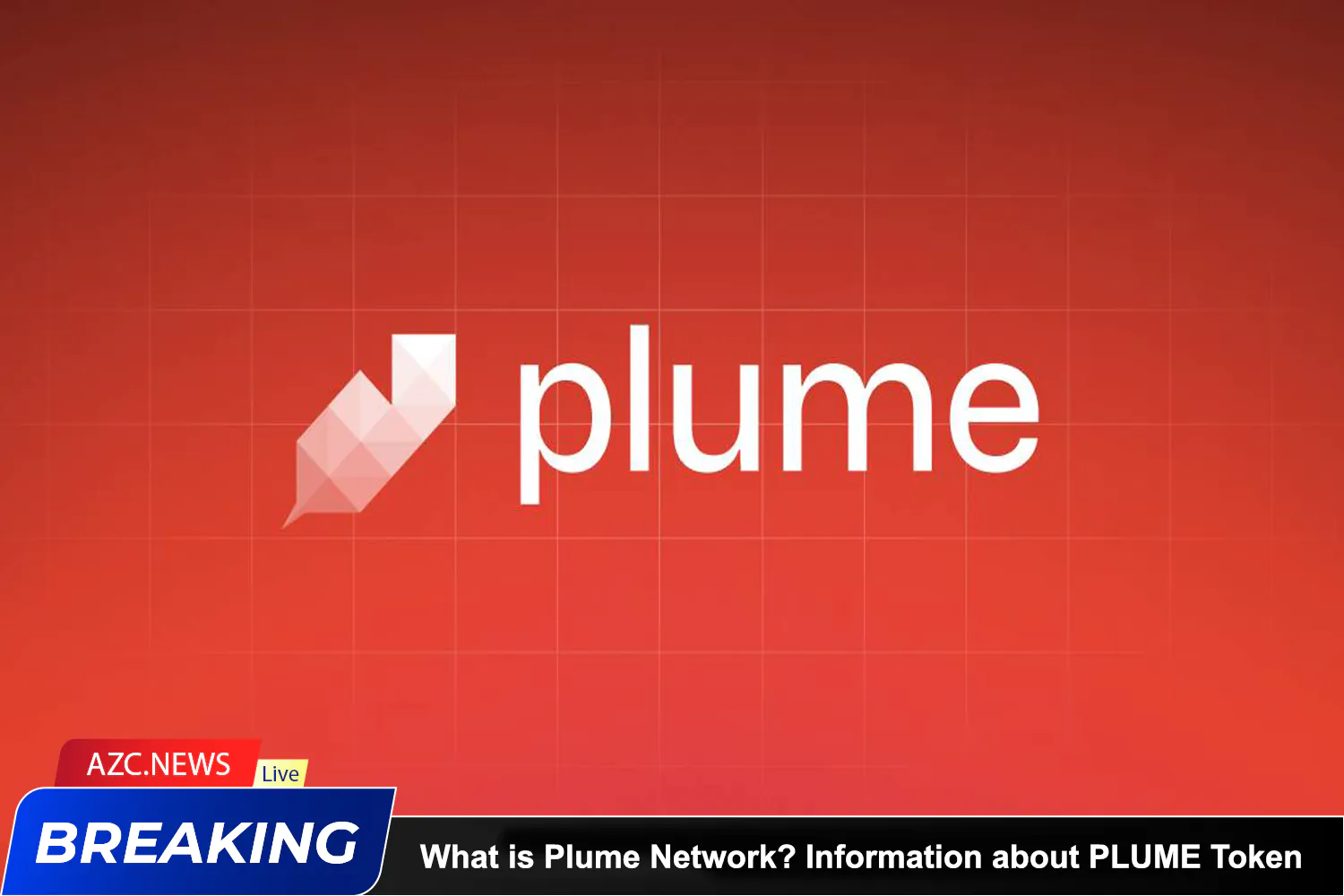RWA, which stands for Real World Assets, refers to tangible assets that hold intrinsic value beyond the realm of blockchain and cryptocurrency. These encompass a wide array of conventional assets, including real estate, stocks, bonds, commodities, currencies, and various other assets of tangible worth in the physical world.
Real World Assets (RWAs) are undergoing a transformation into digital counterparts on the blockchain, facilitating investor access to traditional financial markets, and vice versa through Blockchain and DeFi platforms. This transition to RWAs in digital form offers numerous advantages, such as enhanced liquidity and heightened connectivity between the blockchain ecosystem and the tangible real-world assets.
The process of tokenizing Real World Assets into on-chain assets
Real World Assets include many pieces to form a complete market.
Asset Custody
Custody services are provided to users who wish to convert their assets into digital tokens or create new tokens. This process is akin to the model of Cross-chain bridges; prior to converting tokens to another chain, we securely lock tokens on the current chain and (generate) new tokens on the destination chain.
Responsibilities of the Custodial Company:
Custodial companies ensure that assets are securely stored, retain their value, and implement safeguards throughout the custody process. Conversely, users need to be vigilant in selecting reputable, trustworthy custody service providers that offer strong support for their existing assets.
For example: In the realm of cryptocurrency asset custody, the market features prominent names such as BitGo, Coinbase Custody, and Bitcoin Suisse. In the traditional financial market, banks often assume the roles of depository and asset valuation, particularly when these assets are used as collateral for borrowing money.
Assets Valuation
Once the asset has been deposited or securely stored, the asset holder initiates a valuation process to document the value of the On-chain asset. Given the multitude of asset types in the world, including real estate, vehicles, and artworks, each category of assets is typically assessed by a dedicated professional valuation company.
Apart from asset valuation, the service provider also needs to conduct a risk assessment related to the asset, covering areas such as legal risks, liquidity, and sustainability, among others.
As of now, in the DeFi market, there are no prominent projects operating in this particular domain. Nevertheless, in the traditional market, valuation activities are usually carried out by major auditing firms such as Deloitte, Ernst & Young (E&Y), PricewaterhouseCoopers (PwC), and Klynveld Peat Goerdeler (KPMG).
Legal
The legal sector plays an important and complex role in converting Real World Assets (RWA) into tokenized form in the DeFi market. Each country has its own legal system and each type of asset is subject to specific regulations. Therefore, the DeFi market cannot currently operate globally, due to the lack of connectivity and unification in the legal framework of this market.
This problem is not to mention the contradiction between DeFi and traditional markets. DeFi does not require identity verification and respects privacy, while traditional markets require identity verification as mandatory when trading high-value assets.
Assets Tokenization
Tokenization projects are initiatives equipped to aid users in the process of converting their assets into On-chain assets, such as Tokens or NFTs. This activity may appear straightforward, but it is also challenging, as not all assets can successfully navigate crucial stages like Depository, Valuation, and Legal compliance.
In the Crypto market, most projects lack the resources to execute the entire process autonomously. Consequently, cooperation and collaboration among various projects become imperative to address a myriad of intricate issues.
Prominent projects within this sphere encompass Chainlink, Maker, Centrifuge, and others.
Real World Assets Defi
After tokenizing Real World Assets into tokens/NFTs, the market requires projects capable of leveraging these assets. When it comes to tokenized RWAs, they need to be accepted and integrated into the DeFi market. Presently, the two most popular application categories are DEX and Lending.
DEX (Decentralized Exchange): These exchanges facilitate easy trading of RWAs. They function as e-commerce platforms or NFT marketplaces. Currently, the Marketplace segment isn’t highly popular due to the limited number of tokenized assets.
Lending: Most tokenized RWAs find utility in Lending projects, allowing users to collateralize and borrow cryptocurrencies. There are several prominent projects in this space, such as MakerDAO, Aave, and Goldfinch.
Moreover, each type of RWAs unlocks opportunities for the development of numerous DeFi projects.
Top 5 outstanding Real World Asset projects
According to CoinMarketCap, the market capitalization of Real World Asset projects is currently over 6.8 billion USD, with Chainlink accounting for 4.2 billion USD and Maker accounting for 1.38 billion USD.
1. Chainlink
Chainlink, best known as the Oracle project that provides data feeds to numerous DApps within the cryptocurrency market, offers more than meets the eye. Beyond its primary role, Chainlink serves as the foundational infrastructure for the DeFi space, and it is actively developing solutions to tokenize Real World Assets.
The following conceptual illustration exemplifies how Chainlink transforms an image into tokens. Initially, the image undergoes assessment and valuation, with its value estimated by experts or based on the average prices observed on art trading platforms. Subsequently, this data is integrated into the Chainlink Network, where it is encrypted into tokens or NFTs representing the artwork.
2. MakerDAO
MakerDAO assists real-world asset holders in gaining access to crypto assets in the DeFi market. MakerDAO is currently ranked 3rd in Total Value Locked (TVL) within the DeFi market. The project enables users to collateralize their assets to borrow the stablecoin DAI. Initially, the protocol exclusively accepted tokenized assets, but it later approved a proposal to include Real World Assets.
Since incorporating Real World Assets, both TVL and user participation on MakerDAO have experienced rapid growth. Real World Assets now constitute more than 50% of the assets held in MakerDAO’s vaults.
Furthermore, MakerDAO doesn’t stop there. It allocates a portion of the USDC assets held in the vaults to Coinbase to earn interest. Additionally, MakerDAO has plans to utilize the stablecoin reserves in the vaults to purchase short-term bonds, thus aiming to enhance the returns generated from the assets held in the vaults.
3. Centrifuge
Centrifuge is an active project in the realm of Real World Assets. They are presently developing two primary products: Centrifuge Chain and Tinlake. Centrifuge Chain fulfills cryptographic functions, enabling asset authentication and their inclusion in the On-chain market.
Tinlake functions similarly to traditional lending protocols; however, the collateral isn’t cryptocurrencies but Real World Assets. In this model, borrowers are typically conventional companies, while DeFi users deposit Stablecoins to earn interest.
At present, Centrifuge’s services extend beyond supporting Tinlake. They collaborate with numerous other projects, including Aave, MakerDAO, RealT Platform, and many more. Consequently, Centrifuge can be considered a project with an extensive scope of operations, encompassing both encryption and the utilization of tokenized assets.
4. Maple Finance (MPL)
Maple Finance serves as an institutional capital markets infrastructure, providing a platform for institutional borrowers to access the DeFi ecosystem for lending purposes.
Three parties participate in the process:
Borrowing Entities: These are entities with a need for capital.
Lenders: DeFi participants who allocate capital to groups on Maple Finance.
Group Delegates: Credit experts who act as guarantors and oversee the groups on Maple Finance.
Here’s how the lending process works on Maple Finance:
Borrowing entities, which are organizations, are represented as the source of demand for capital. They undergo assessments, guarantees, and negotiate terms with the borrowing entities. This involves Know Your Customer (KYC) and Anti-Money Laundering (AML) procedures.
Once it’s determined that these borrowing entities are eligible for borrowing, group delegates establish groups on Maple Finance, which they subsequently manage.
Lenders visit Maple Finance and select the groups they want to allocate funds to. Their choices are based on their risk tolerance and whether they believe the terms set within the group are favorable to them.
After lenders have contributed funds to a group, the borrowing entities, which are now organizations, can access the capital. As these borrowing entities have been whitelisted by the group delegates, non-collateralized borrowing can occur.
5. JustLend
JustLend is the leading lending protocol within the TRON ecosystem, boasting the highest Total Value Locked (TVL). The project has recently introduced a new offering aimed at enabling DeFi users to indirectly invest in real-world assets.
Specifically, users deposit USDT and, in return, receive stUSDT. These deposited funds are then employed to invest in real assets, as recommended by JustLend DAO.
This product has proven to be highly lucrative for investors, effectively addressing a significant issue within DeFi – the typically low returns associated with stablecoins. However, it’s important to note that there is an inherent risk. Real-world assets may not yield interest or offer the same level of liquidity as assets transferred between DeFi and CeFi (Centralized Finance).
These challenges can potentially limit the seamless connection between assets deposited in the crypto realm and real-world assets. For instance, when a user’s USDT is converted into dollars and subsequently invested in real assets, it may only begin to convert back when the user decides to withdraw their funds.
Conclusion
Bringing Real World Assets to the Blockchain is a great progress. It not only brings many benefits to the crypto market but also helps the traditional market grow.
Real World Assets is still in its early stages so it is still in its infancy and has not yet made a splash. But until everything has taken shape, this will certainly be a big boom for the asset market in general and the Crypto market in particular.
 OMN
OMN  BTC
BTC  ETH
ETH  USDT
USDT  XRP
XRP  BNB
BNB  SOL
SOL  USDC
USDC  TRX
TRX  DOGE
DOGE 





